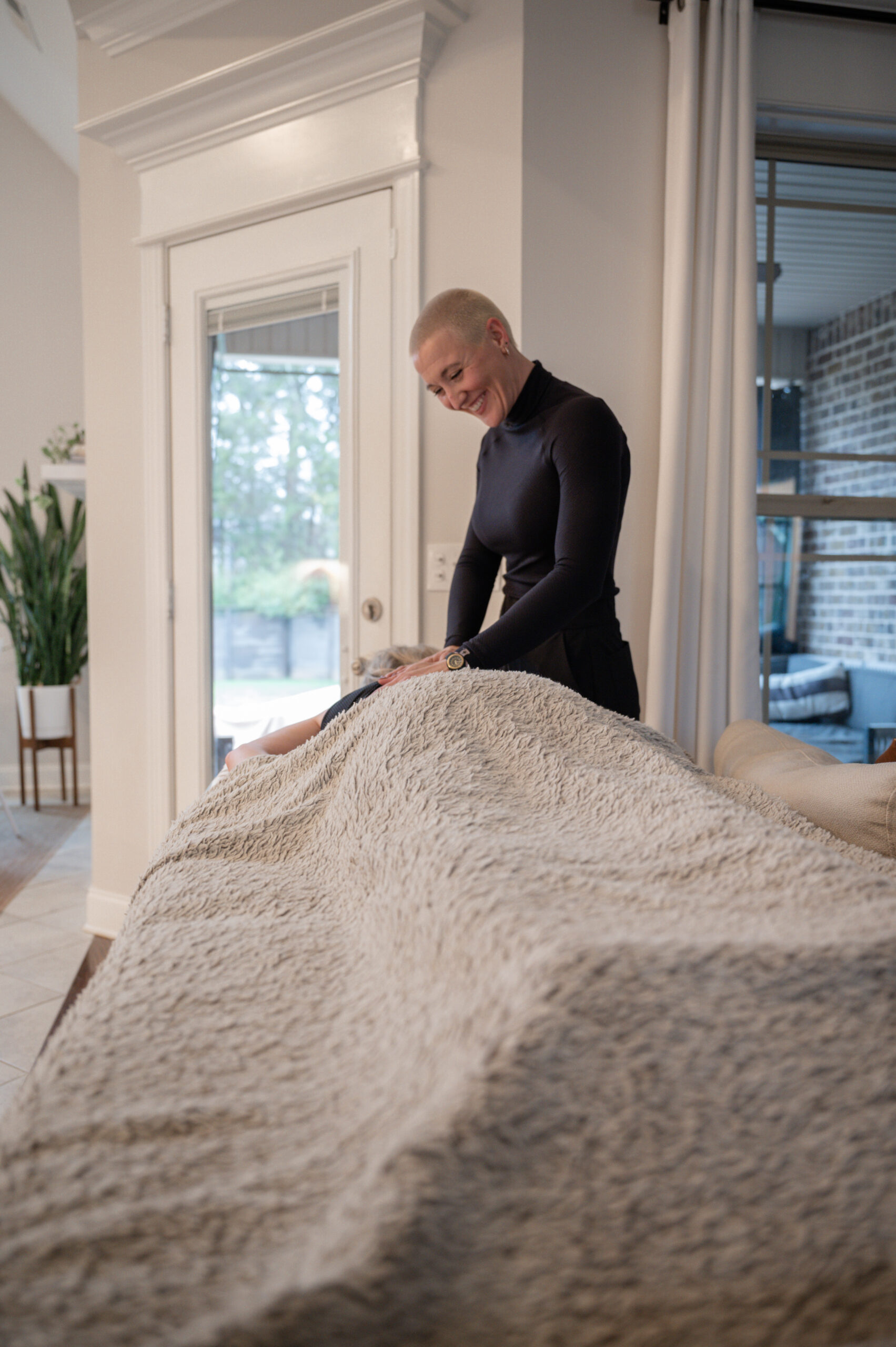Lymphatic drainage massage has become a sought-after treatment for individuals looking to reduce swelling, promote healing, and enhance body contouring. However, there are different techniques used to stimulate the lymphatic system, with Brazilian Lymphatic Drainage (BLD) and Manual Lymphatic Drainage (MLD) being the most popular. While both methods share the common goal of improving lymphatic flow, they differ in technique, pressure, and overall effect.
Manual Lymphatic Drainage (MLD)
Manual Lymphatic Drainage (MLD) is a gentle, therapeutic massage technique designed to stimulate the lymphatic system and encourage the natural drainage of lymph fluids. Developed by Dr. Emil Vodder in the 1930s, MLD is commonly used in medical settings to treat conditions such as lymphedema, post-surgical swelling, and chronic inflammation.
Key Characteristics of MLD:
- Gentle, rhythmic movements: MLD relies on light, skin-stretching techniques that follow the natural pathways of the lymphatic system.
- Medically driven: This technique is often recommended by doctors for post-surgical recovery, including plastic surgery, orthopedic procedures, and cancer-related swelling.
- Slow and methodical: The massage is performed in a systematic manner to encourage fluid movement without overwhelming the system.
- Relaxation-focused: Since MLD is performed with light pressure, it is often described as soothing and deeply relaxing.
- Best for post-surgical recovery: MLD is particularly beneficial after surgery because it minimizes swelling, prevents fibrosis, and supports proper healing without putting excessive pressure on the tissues. Its gentle approach ensures that delicate post-operative areas are not aggravated, reducing the risk of complications while enhancing comfort and recovery speed.
Brazilian Lymphatic Drainage (BLD)
Brazilian Lymphatic Drainage (BLD) is a more dynamic and sculpting form of lymphatic massage. This technique, made famous by Brazilian estheticians and body sculpting specialists, focuses on visible and immediate contouring effects. It is often sought after for its ability to reduce bloating, define body curves, and enhance post-surgical results.
Key Characteristics of BLD:
- Faster, more intense movements: Unlike MLD, Brazilian lymphatic drainage incorporates firmer strokes, rapid pumping techniques, and deeper hand motions to manually drain excess fluid.
- Sculpting effect: Many individuals notice an immediate difference in body shape after a BLD session due to its ability to reduce fluid retention and enhance lymphatic circulation.
- Focus on aesthetics: This technique is highly popular among post-surgical patients, models, and those seeking a more defined look, as it helps reduce swelling and improve skin texture.
- Combination with other techniques: BLD often integrates additional body sculpting methods, such as deep tissue massage and vacuum therapy, to maximize contouring effects.
Which One Is Right for You?
The choice between Brazilian Lymphatic Drainage and Manual Lymphatic Drainage depends on your individual needs and goals:
- If you are recovering from surgery or have a medical condition requiring a gentle approach, MLD is the best option.
- If you are looking for a more immediate, visible slimming and sculpting effect, BLD may be the right choice.
- If you are unsure, consult a trained lymphatic therapist or post-operative specialist to determine which technique best suits your body.
Final Thoughts
Both Brazilian Lymphatic Drainage and Manual Lymphatic Drainage offer significant benefits in enhancing lymphatic flow and promoting overall wellness. Understanding their differences allows you to choose the technique that aligns best with your health, aesthetic, and recovery goals. Whether you opt for the gentle touch of MLD or the sculpting power of BLD, prioritizing lymphatic health can lead to improved well-being and body confidence.

Be The First To Comment